
I like to understand art as a mystical experience in which the creative process possesses the artist and takes him/her into a space of dialogue with his/her most intimate «self» from which a unique work emerges: the art work.
The creative process
For this first edition, the organizers of Africa ArtBox said they were looking for an image evoking the African continent as a whole and the digital media in the area of artistic production, stressing the importance of the artist’s professional development in a world that becomes more and more global. At the very beginning of the image creative process, I separated those two concepts to analyze and visualize them in an independent way, aiming to find new ideas.
The image of Africa as a global concept
The great diversity and cultural richness of the continent implied a challenge, since I wanted to find a visual element that could fairly represent all the countries and yet avoid to fall into the typical map of Africa. One common element to most African countries is the respect for traditions, the keeping of traditional and ritual celebrations; a vivid flame from the past that is still burning in spite of the evolution of the continent. Mulling over this idea of folklore and tradition, the concept of the traditional dancer—as the image of the Fake Lion or ‘Simb Gainde’—sticked out as pertinent. The lion is also a symbol of the continent.
Digital media in artistic production.
Once we created the image of the Fake Lion, I integrated a basic tool for digital production: a computer on which I exchanged the main icon with the African silhouette. Since we were dealing with digital art, I thought that the branding image of the award should not be a plain photo but an image in which digital manipulation had been included.
Simb Gaïnde
It is said that in the past, a man was attacked by a lion and, although he survived the attack, he began to behave as if the lion had possessed him—eating even raw meat. That is how it was created the tradition in which men dress up as fake lions and run and dance around the streets in the event of big celebrations.
Digital tools make it possible to transform any image into the reality that the artist wants to transmit: we can transform solid buildings into melting small pieces thanks to video-mapping or let the dancer change the color of the ground or the costumes with a simple move.
The artists’ professional development
The prize of the award is the opportunity for the winner to create his/her own project supported by a team of professionals from the international creation center, Plataforma Bogotá, that will guide the artist through the use of new tools and promote his/her work on an international level. Thus, our Lion travels into two dimensions, with the award it discovers new places and creates new realities through digital media. That’s why we placed the lion leaving a street in Dakar (or Addis Ababa, Cairo, Cape Town) to enter a completely different new space.
Realization
Media used: a digital camera and Adobe Photoshop.
Process: with the participation of the dancer Ousmane Sarr, we made the photo shooting in the streets of Pikine (Dakar, Senegal) and in his house. Later, during the post-production, I used five images –a photo from the shooting session, two stock photos for background, a photo of a computer and a vectorized image of the map of Africa—all combined to create a single final image.
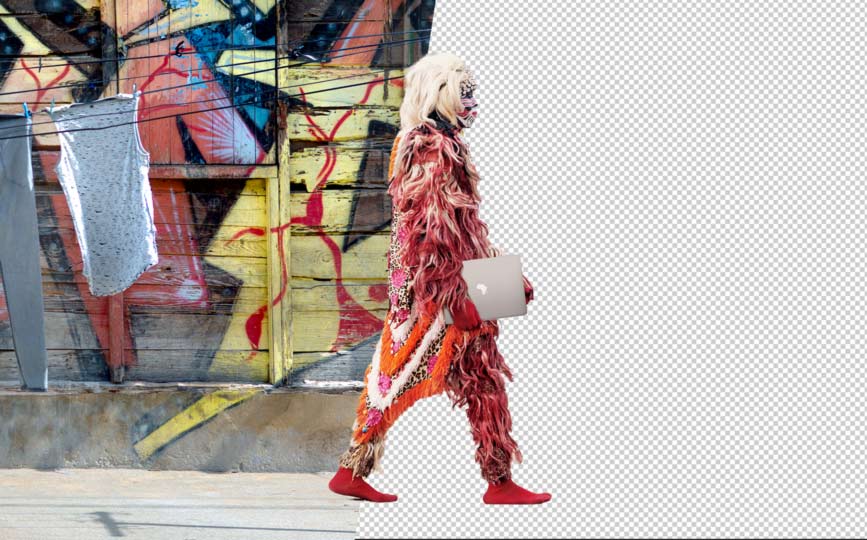
The result
An image in which the digital artist, in full mystical experience of creation, moves forward to a new reality.
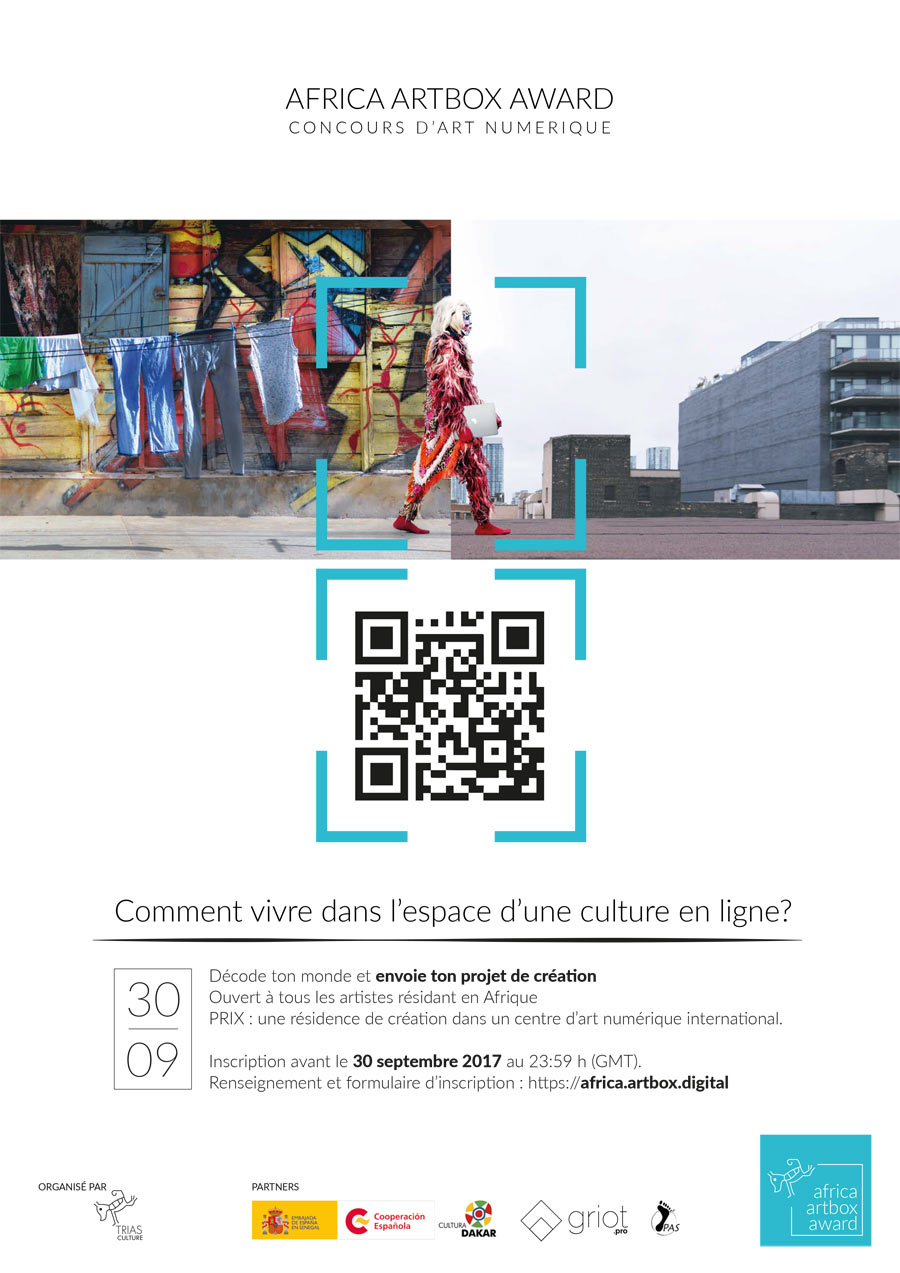
Photographer and graphic designer. Javier Acebal is co-founder and art & outsource project manager at Griot, a Dakar-based company.



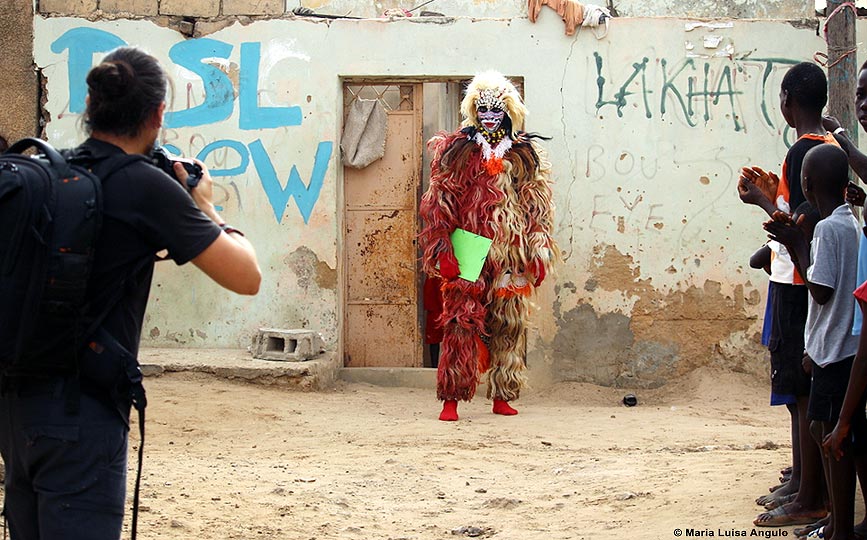

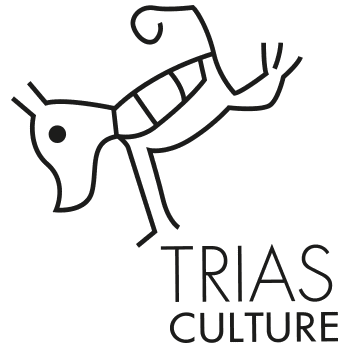



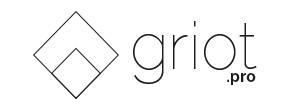


Muy claro!